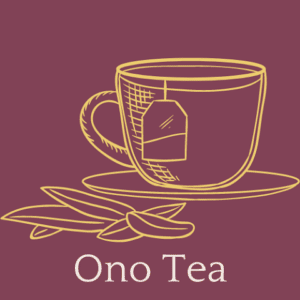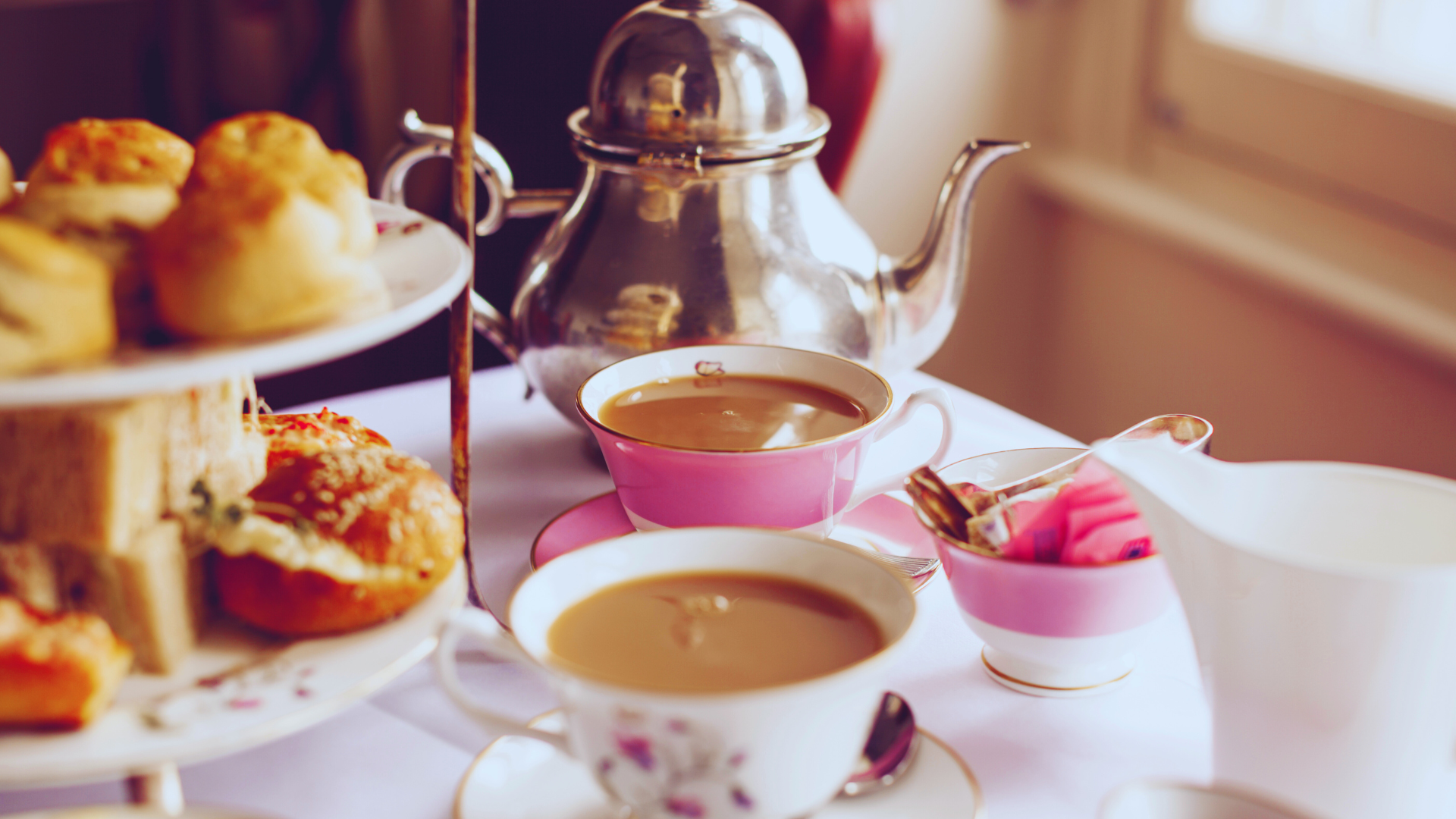Herbal teas have long been celebrated for their soothing aromas, diverse flavors, and health benefits. From the calming notes of chamomile to the invigorating kick of peppermint, these caffeine-free infusions offer a world of possibilities beyond the teacup. While wine and coffee often steal the spotlight in food pairing discussions, herbal teas are quietly emerging as a versatile and unexpected companion to a variety of dishes.
The key lies in understanding the flavor profiles of herbal teas and how they can enhance, contrast, or complement the foods we eat. In this article, we’ll explore the art of pairing herbal teas with food, diving into some surprising combinations that work wonders for the palate.
The Basics of Pairing Herbal Teas with Food
Before we jump into specific pairings, it’s worth understanding why herbal teas make such excellent partners for food. Unlike traditional teas derived from the Camellia sinensis plant (such as black, green, or oolong), herbal teas are infusions made from herbs, spices, fruits, flowers, or roots. This diversity results in a wide range of flavors—floral, earthy, spicy, sweet, or tart—each with its own personality. When paired thoughtfully, herbal teas can elevate a dish by balancing its flavors, cutting through richness, or adding a layer of complexity.
The principles of pairing herbal teas with food are similar to those used in wine or beer pairings. Consider the intensity of the tea and the dish: light teas pair well with delicate flavors, while bold infusions can stand up to robust, hearty meals. Texture, temperature, and complementary or contrasting tastes also play a role. For example, a cool, refreshing tea might offset a warm, creamy dish, while a spicy tea could enhance a dish with subtle heat. With these ideas in mind, let’s explore some unexpected combinations that might just change the way you think about tea and food.
Chamomile and Spicy Mexican Cuisine
Chamomile tea, with its gentle floral notes and hints of apple, is often associated with relaxation and bedtime rituals. Yet, this unassuming infusion shines when paired with spicy Mexican dishes like enchiladas, tacos al pastor, or a fiery chili con carne. The subtle sweetness and calming quality of chamomile act as a counterpoint to the heat of chili peppers, cumin, and smoky paprika, soothing the palate without overpowering the dish.
Imagine sipping a warm cup of chamomile tea alongside a plate of chicken enchiladas topped with a rich, spicy mole sauce. The tea’s mild earthiness complements the deep, complex flavors of the mole, while its floral undertones provide a refreshing lift. For an even bolder twist, try a chilled chamomile tea with a splash of honey to pair with spicy street-style tacos. The cool temperature and slight sweetness tame the heat, creating a harmonious balance that surprises and delights.
Peppermint and Rich Chocolate Desserts
Peppermint tea is a classic for its crisp, cooling menthol flavor, often enjoyed on its own or as a digestive aid. But when paired with rich, decadent chocolate desserts, it transforms into a match made in heaven. Think dark chocolate lava cake, fudgy brownies, or a silky chocolate mousse—the intensity of the chocolate finds an unexpected ally in the bright, refreshing qualities of peppermint.
The secret lies in the contrast. Peppermint’s clean, icy bite cuts through the dense, creamy texture of chocolate, preventing it from feeling overwhelmingly heavy. At the same time, the tea’s herbaceous edge enhances the cocoa’s bitterness, creating a dynamic interplay of flavors. For an indulgent experience, pair a steaming mug of peppermint tea with a warm chocolate tart topped with a dollop of whipped cream. Alternatively, serve it chilled with a dark chocolate truffle for a lighter, yet equally satisfying, finish to a meal.
Hibiscus and Savory Seafood Dishes
Hibiscus tea, known for its vibrant ruby hue and tart, cranberry-like flavor, is a staple in many cultures, often enjoyed sweetened or spiced. While it’s commonly paired with fruity desserts, its zesty acidity makes it an unexpected star alongside savory seafood dishes. Grilled shrimp, seared scallops, or a buttery lobster tail can all benefit from the bright, tangy punch of hibiscus.
The tea’s tartness mirrors the effect of a squeeze of lemon, enhancing the natural sweetness of seafood while cleansing the palate between bites. Picture a plate of garlic butter shrimp skewers paired with a chilled glass of hibiscus tea infused with a hint of ginger. The tea’s boldness complements the richness of the butter, while its acidity lifts the dish’s flavors. For a more adventurous pairing, try hibiscus tea with a spicy Cajun blackened fish—its fruity sharpness balances the heat and smokiness, creating a fusion that’s both surprising and satisfying.
Rooibos and Roasted Root Vegetables
Rooibos, a South African herbal tea made from the leaves of the Aspalathus linearis plant, offers a naturally sweet, nutty flavor with woody undertones. Often enjoyed as a caffeine-free alternative to black tea, rooibos is a sleeper hit when paired with roasted root vegetables like carrots, parsnips, beets, or sweet potatoes. These earthy, caramelized flavors find a kindred spirit in rooibos’s warm, rounded profile.
Roasting brings out the natural sugars in root vegetables, and rooibos amplifies this sweetness while adding depth. A tray of honey-glazed roasted carrots and parsnips, sprinkled with thyme, pairs beautifully with a steaming cup of plain rooibos or one lightly spiced with cinnamon. The tea’s subtle smokiness echoes the charred edges of the vegetables, while its smooth finish softens their rustic intensity. For a heartier meal, try rooibos with a root vegetable stew—the tea’s comforting warmth enhances the dish’s cozy appeal.
Ginger and Creamy Cheeses
Ginger tea, with its fiery, zesty kick, is a go-to for warming up on chilly days or settling an upset stomach. But its bold, spicy character also makes it an unexpected partner for creamy cheeses like brie, camembert, or goat cheese. The contrast between the tea’s heat and the cheese’s rich, velvety texture creates a sensory experience that’s both intriguing and delicious.
Spread some soft brie on a cracker and take a sip of ginger tea—the tea’s sharpness cuts through the cheese’s fattiness, leaving a clean, invigorating finish. Add a drizzle of honey or a slice of pear to the cheese, and the pairing becomes even more dynamic, with ginger amplifying the sweetness while keeping the richness in check. For a more adventurous twist, pair ginger tea with a tangy goat cheese crostini topped with fig jam. The tea’s spice dances with the cheese’s funkiness, creating a bold yet balanced combination.
Lavender and Grilled Meats
Lavender tea, with its delicate floral aroma and slightly sweet, herbaceous taste, might seem like an unlikely match for hearty grilled meats. However, its subtle elegance can elevate dishes like grilled lamb chops, steak, or even smoky barbecued ribs. The key is in the interplay between lavender’s calming floral notes and the robust, savory flavors of the meat.
A cup of lavender tea alongside a juicy, rosemary-seasoned lamb chop brings out the meat’s earthy undertones while adding a hint of sophistication. The tea’s light bitterness tempers the richness of the fat, creating a refined balance. For a summer barbecue, try a chilled lavender tea with a touch of lemon paired with smoky ribs—the floral brightness contrasts the char, offering a refreshing twist to a classic meal. This pairing proves that even the most delicate teas can hold their own against bold flavors.
Tips for Successful Pairings
Experimenting with herbal tea and food pairings is as much an art as it is a science. Here are a few tips to guide your culinary adventures:
- Match Intensity: Pair light teas (like chamomile or lavender) with delicate foods, and robust teas (like ginger or rooibos) with heartier dishes.
- Play with Temperature: Hot teas can enhance warm dishes, while chilled teas refresh heavier or spicier meals.
- Balance Flavors: Use tart teas to cut richness, sweet teas to soften bitterness, or spicy teas to amplify heat.
- Trust Your Palate: Taste the tea and food together to discover what works for you—there are no strict rules!
Conclusion
Herbal teas offer a treasure trove of flavors waiting to be explored beyond the mug. From chamomile soothing spicy Mexican fare to peppermint invigorating chocolate desserts, these unexpected combinations prove that tea can be just as exciting a culinary partner as wine or spirits. Whether you’re hosting a dinner party or simply elevating a weeknight meal, pairing herbal teas with food opens up a world of creativity and delight. So, brew a pot, plate your favorite dish, and let your taste buds embark on a surprising journey.

